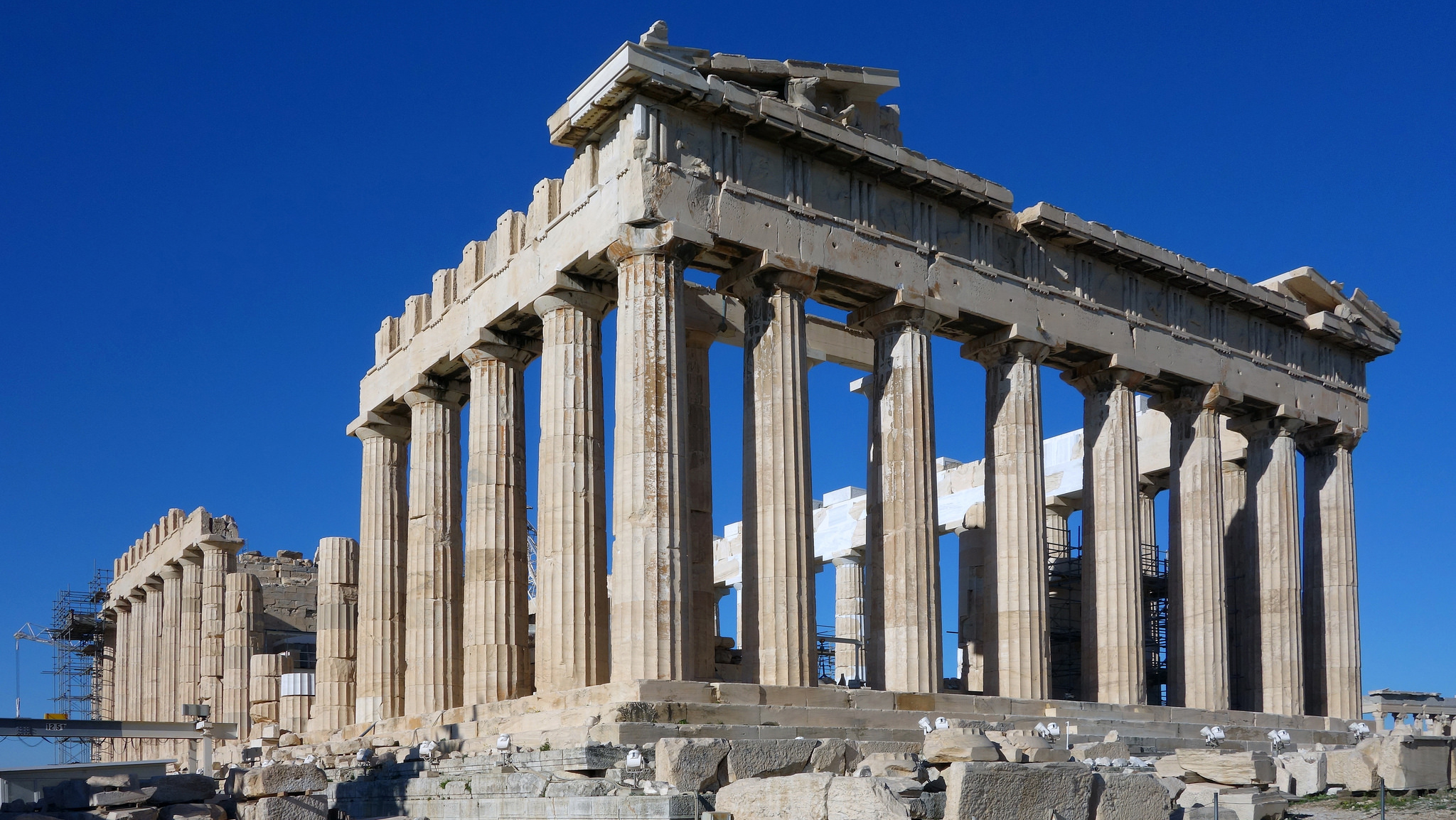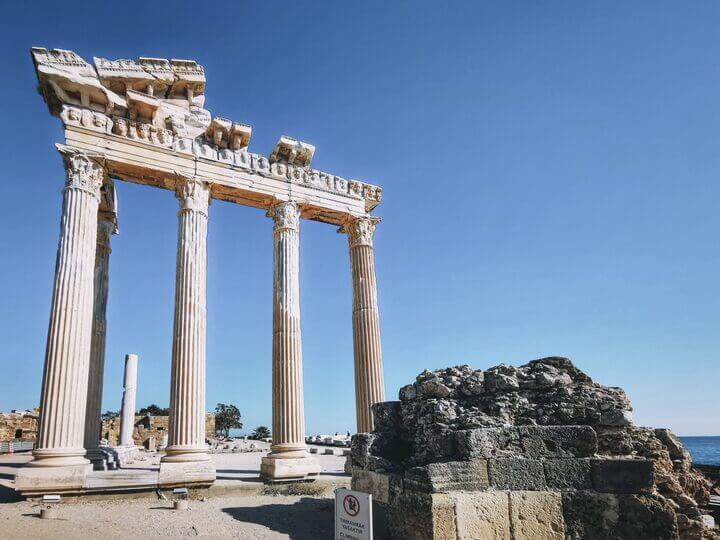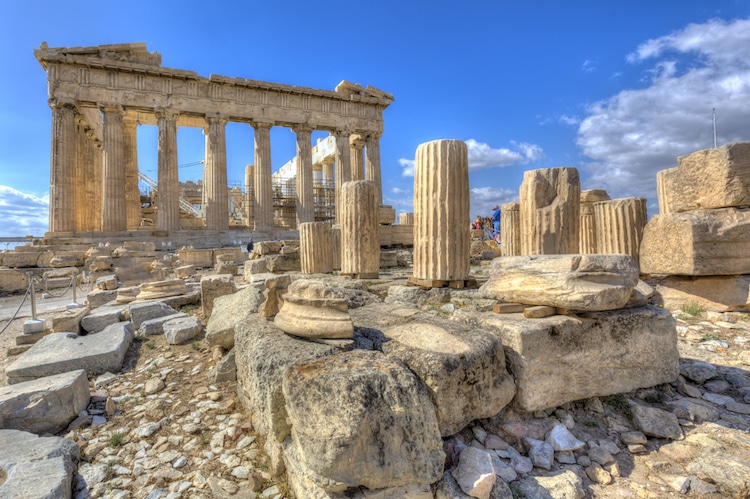The excavations carried out on the Acropolis of Athens between 1885 and 1890 stand as one of the most significant archaeological undertakings of the 19th century. Under the leadership of Greek archaeologist Panagiotis Kavvadias and supported by German architects Wilhelm Dörpfeld and Georg Kawerau, these excavations uncovered layers of history that deepen our understanding of ancient Athens and its enduring legacy.
The Discovery of the “Older Parthenon”
One of the most profound discoveries was the remains of the “Older Parthenon,” an unfinished temple initiated during the height of Athens’ power. This structure, however, was left incomplete when the Persians invaded in 480 BCE. Following the invasion, Athens was left in ruins, and the destroyed remnants of the temple were deliberately buried by the returning Athenians. This practice was an act of reverence, turning the ruins into a symbolic burial, preserving them for millennia.

This “Persian debris” provided a snapshot of Athenian culture before its destruction. Archaeologists uncovered foundations, columns, and fragments of sculpture that reveal the architectural ambitions of early Athens. These findings bridge the gap between the Archaic and Classical periods, showcasing the evolution of Greek temple design.
A Treasure Trove of Sculptures and Artifacts
In addition to architectural remains, the excavation unearthed a remarkable collection of artifacts. Among the most notable were:
- The Kritios Boy: A masterpiece that marks the transition from Archaic stiffness to the fluidity of Classical sculpture.
- The Calf Bearer: A serene and expressive representation of a man carrying a sacrificial calf, symbolizing devotion.
- The Angelitos Athena: A statue that reflects the skill and piety of Athenian craftsmanship.
These statues, once proudly displayed in temples and public spaces, were deliberately buried after the Persian sack. Their interment transformed the Acropolis into a time capsule, preserving elements of Athens’ artistic and cultural development.

The Hecatompedon and Athena Polias Temples
Prior to the Parthenon, the Acropolis housed significant temples that were also destroyed during the Persian invasion:
- The Hecatompedon: A limestone temple, whose intricate pediments depicted mythological battles such as the Gigantomachy.
- Temple of Athena Polias: A sanctuary dedicated to the city’s patron goddess, adorned with sculptures and sacred relics.
Fragments from these temples, including lions devouring bulls and depictions of Heracles battling Triton, were recovered and are now displayed in the Acropolis Museum, offering a glimpse into the grandeur of pre-Parthenon Athens.
Cultural and Historical Significance
The findings beneath the Parthenon tell a story of resilience. The deliberate burial of destroyed temples and sculptures underscores the Athenians’ commitment to their cultural and religious heritage, even amidst devastation. This act of reverence paved the way for the construction of the iconic Parthenon, symbolizing Athens’ rebirth and enduring influence.

The excavations not only highlighted the city’s architectural and artistic achievements but also emphasized the spiritual continuity of Athens. The artifacts and structures uncovered continue to inspire scholars, offering profound insights into the life and values of ancient Greece.
Legacy of the Excavations
The work of Kavvadias and his team remains a cornerstone in the study of Greek archaeology. The documentation of these excavations, particularly through the German Archaeological Institute, has preserved these discoveries for future generations. Their efforts remind us of the importance of preserving history and understanding the cultural resilience that shaped civilizations.
Through these excavations, the Parthenon and its surroundings have revealed not just their physical foundations but the enduring spirit of Athens—a legacy of art, culture, and human ingenuity that continues to captivate the world.
This excavation not only enriched the field of archaeology but also cemented the Acropolis as a symbol of historical continuity, reflecting the perseverance of Athens through its most challenging periods.

